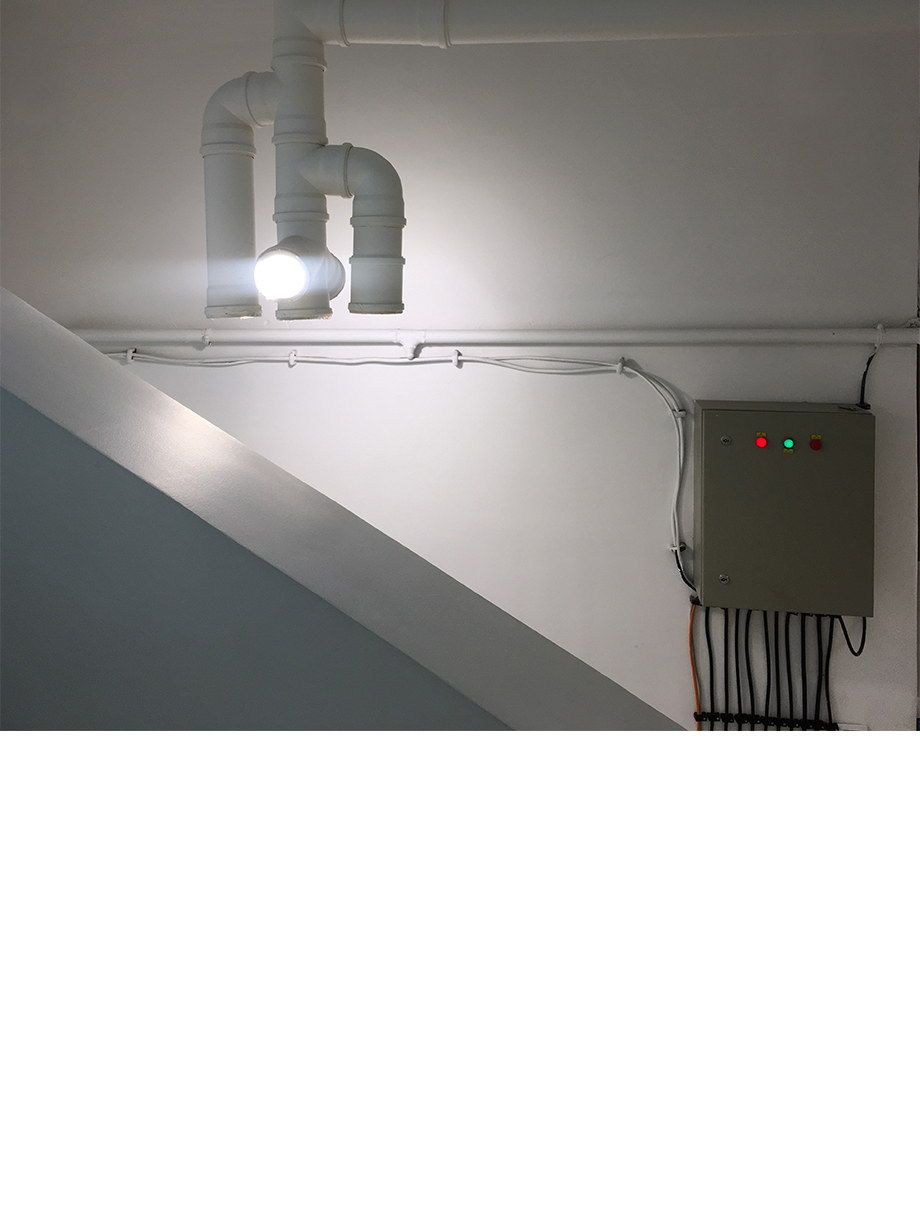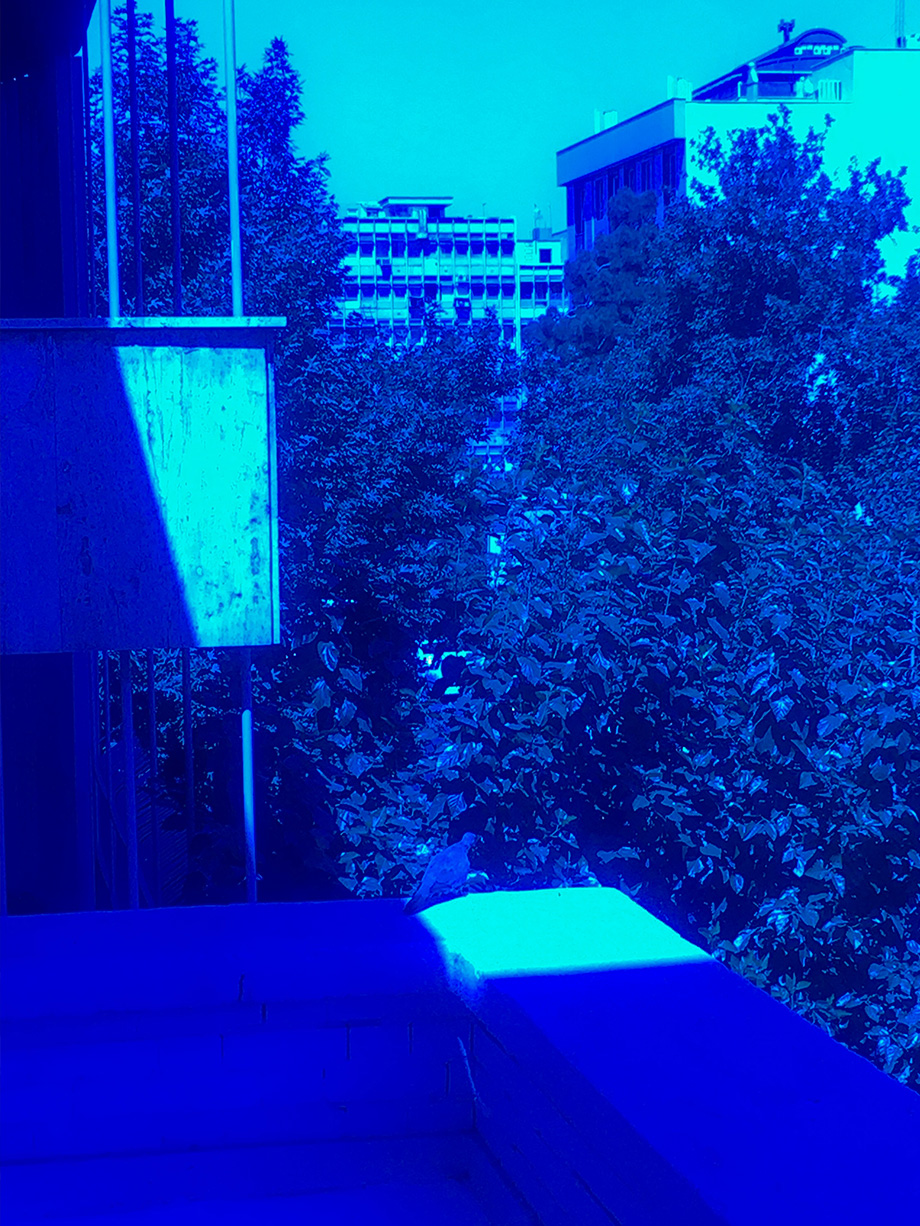ZAV’s Practice of Architecture : An Unfinished Plan of Attack on Earth
In 2017 when we published a book on Farsh Film and reviewed the theoretical framework and design process at ZAV, we organized a series of meetings with experts and fellow-architects and gathered their feedback on the matter. This helped us define a new theoretical framework based on the previous one, making us realize that the structure and spaces organizing the work of ZAV need to be reconsidered in the actual building of the office. In 2018 our office was redesigned in accordance to the new framework which we called An Unfinished Plan of Attack on Earth available below. Each title represents a space inside the office and states its mission.


Core – in favour of me, in favour of all
Architecture can redefine its capacities beyond the limits put in place by the building industry and is able to shift its operation field from that of a passive object to designing an entire process, apt to create significant impact through interacting with a larger field of forces, upgrading it to an actively engaged social and economic agent.
ZAV’s solution for attaining social optimum[1] in a developing economy is incorporating architecture in the Gross Domestic Production.[2] Our method is to create a bigger economic cake by tying together the benefit of the stakeholders to that of the larger society. Life and work in Middle East bring resilience towards recurring fundamental paradigm shifts, and we seek a balance between hasty pragmatism and deterrent idealism, avoiding whether the waste of resources or the loss of enthusiasm for taking action.
[1] In economics, social optimum is the point where the overall welfare of every individual of a society is maximum.
[2] GDP is the final value of the goods and services produced within the geographic boundaries of a country during a specified period of time.


Think Tank – Analyzer
The ZAV Think Tank is skeptical towards pre-established assumptions, and analyzes each project with an eye for discovering and activating its hidden capacities suitable for expanding the production of value, from the very early design stages to construction and implementation.
This leads to strategies that guide the project in using national scientific, human and material resources exclusively when possible and creates adaptive spatial scenarios and future-proof programs.
If architecture insists on unnecessary traits such as consuming imported intellectual or material goods, it takes part in wasting national resources, prompts dependence on an economic and cultural level and the gradual degeneration of civil identity.
On the other hand, if opportunities of production are identified and instigated through the use of internal architectural mechanisms it will lead to economic growth and social pride, and a by-product will be the survival of the discipline of Architecture.


Studio – Typologist | Adoptive
The outcoming strategies, mingle and interact in a reciprocating process with internal architectural mechanisms such as spatial skills and diagrams, construction details, and the rendering of space, and evolve to concrete spatial solutions. Aesthetics adapts itself to decision making processes.
Architectural tools and mechanisms are not predetermined, they rather are flexible possibilities that help the architectural practice step in an unpredictable path relying on collective creativity, which open new grounds to the architectural product, unattainable through individual imagination. Adaptive typologies of architecture and future-proof scenarios are born in the Studio.


Lab – Craftsmanship Platform
Building process is an important potential stage for the economic and social agency of architecture. Industries related to construction have the capacity to become the point of convergence of aesthetics and the production of added value, meaning that aesthetics takes an adoptive turn: a process-driven approach that frees architecture from an absolute adherence to product-driven aesthetics.
Adaptiveness of aesthetics removes the restraints of using low-cost human and material resources and results in a formal expression that can be spontaneous, alternative or even repetitious but this flexibility towards the form is the result of a critical outlook.
What matters to ZAV are the inherent capacities for a production of space that is beneficial to all.